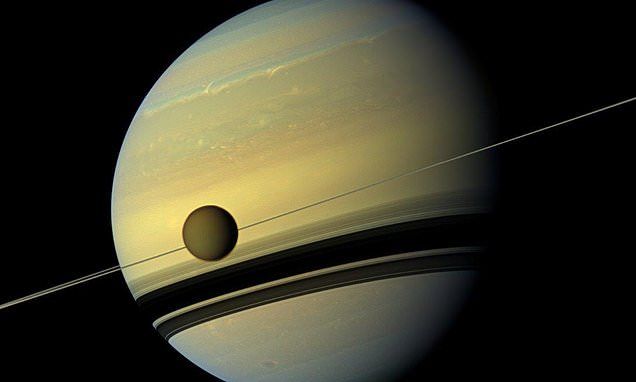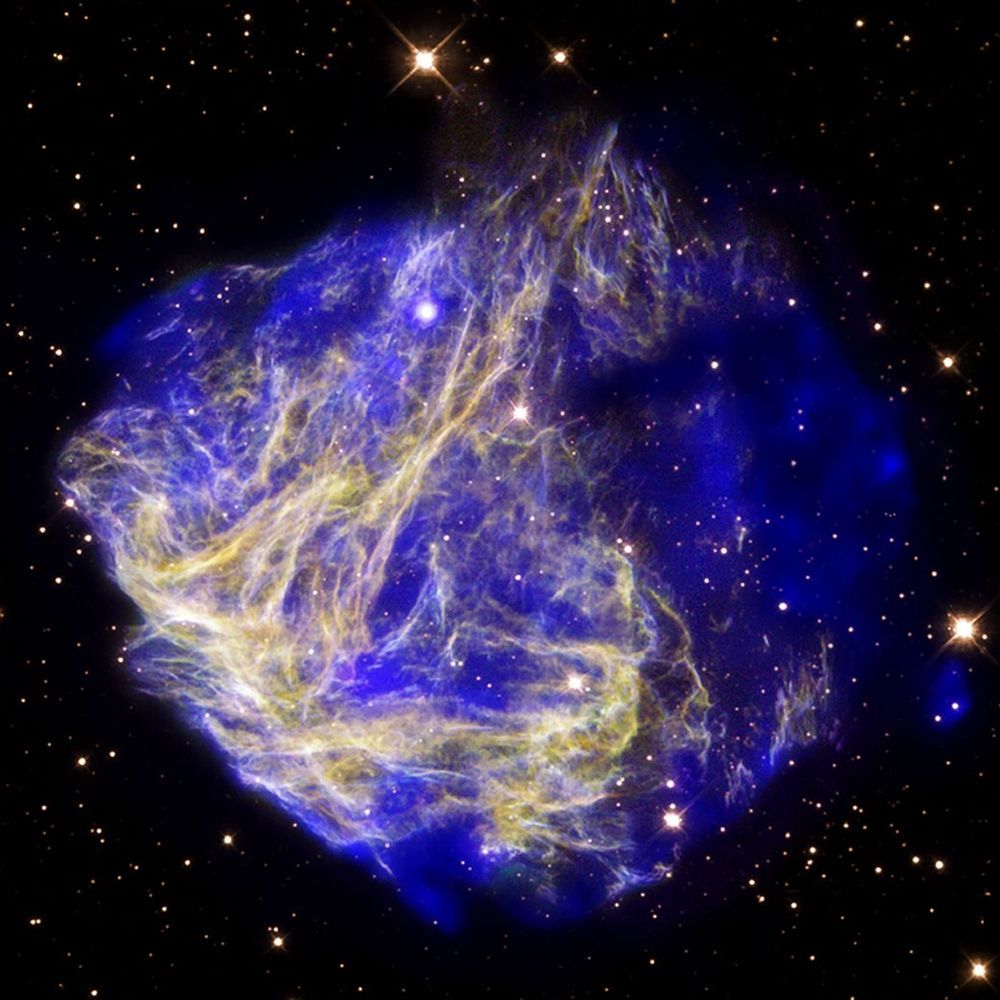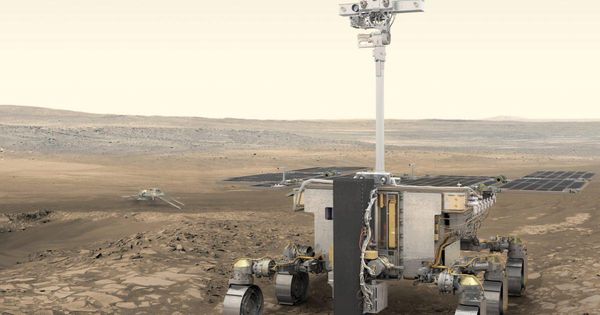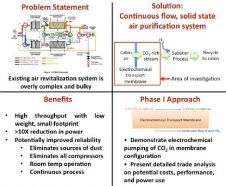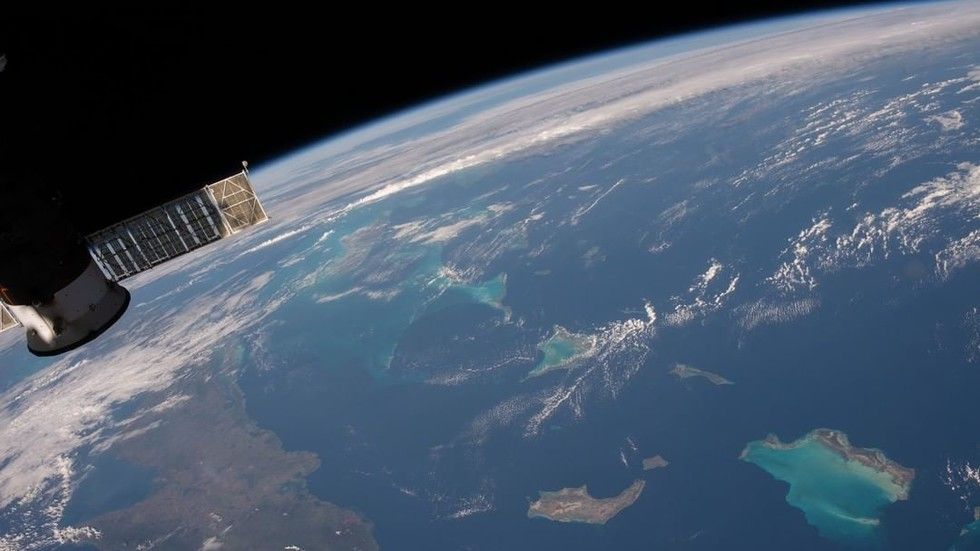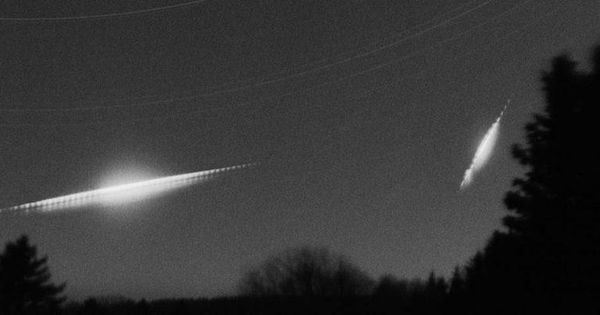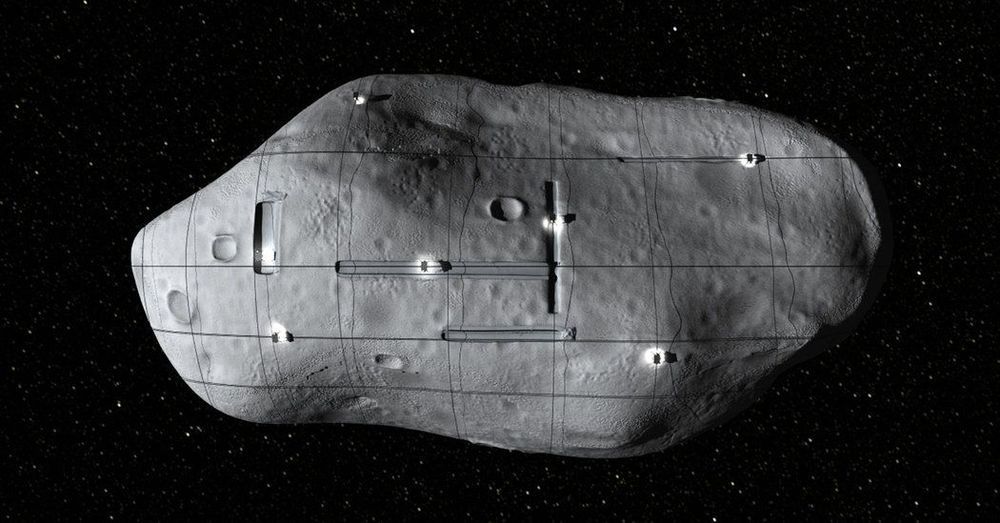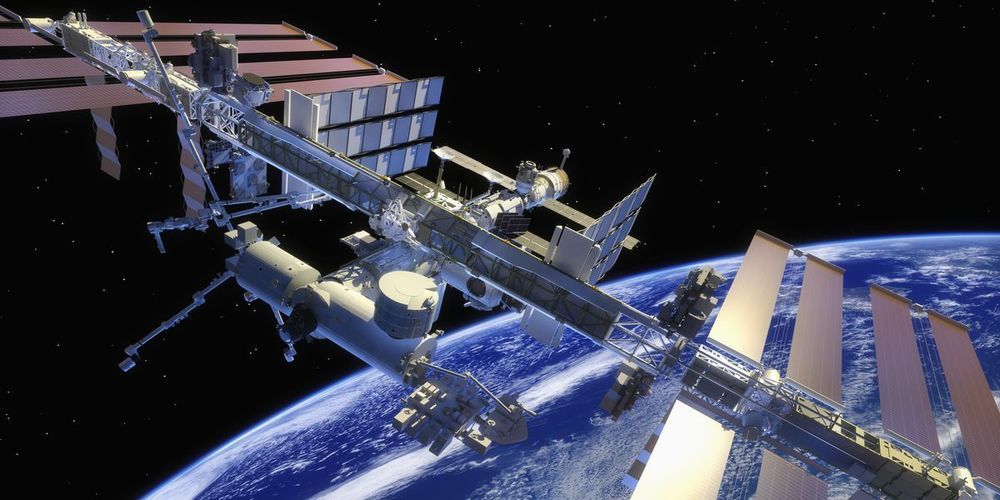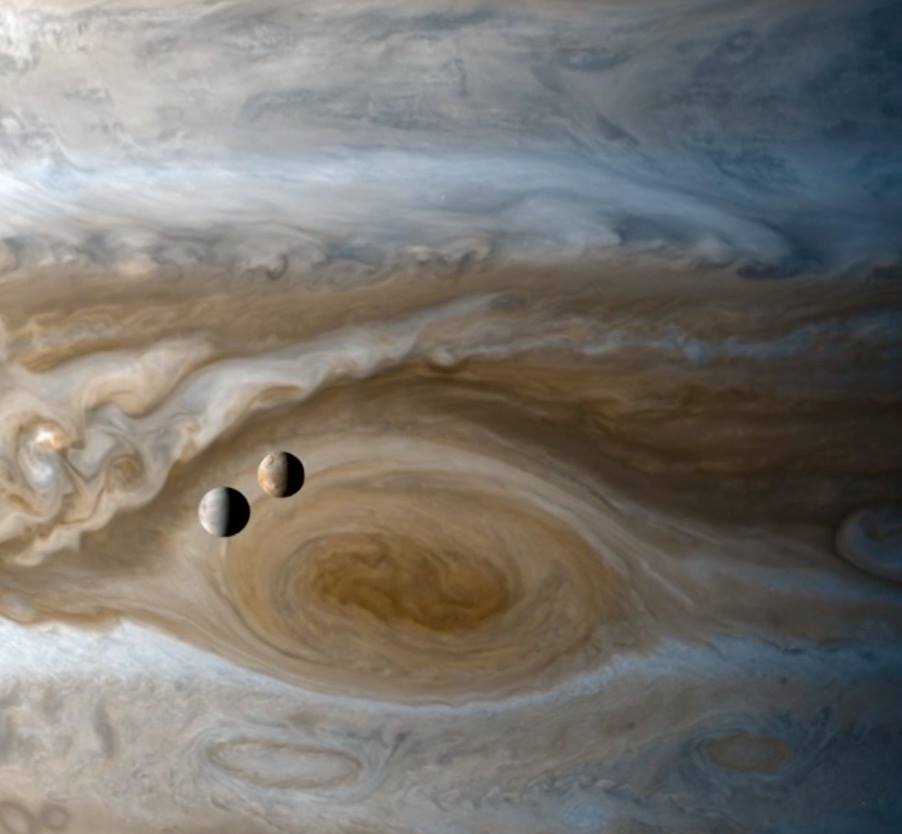Exactly how and when the Saturn’s rings formed is an issue that has fascinated astronomers and planetary scientists for centuries.
The rings are made mostly of particles of water ice that range in size from smaller than a grain of sand to as large as mountains.
The ring system extends up to 175,000 miles (282,000km) from the planet, but for all their immense width, they are razor-thin, about 30 feet (10 meters) thick in most places.
